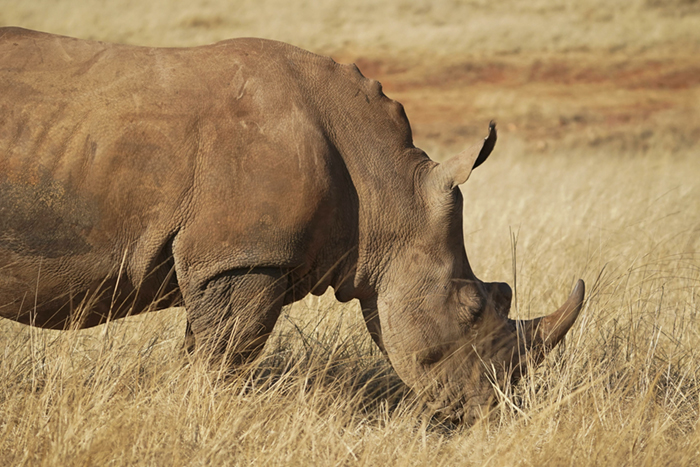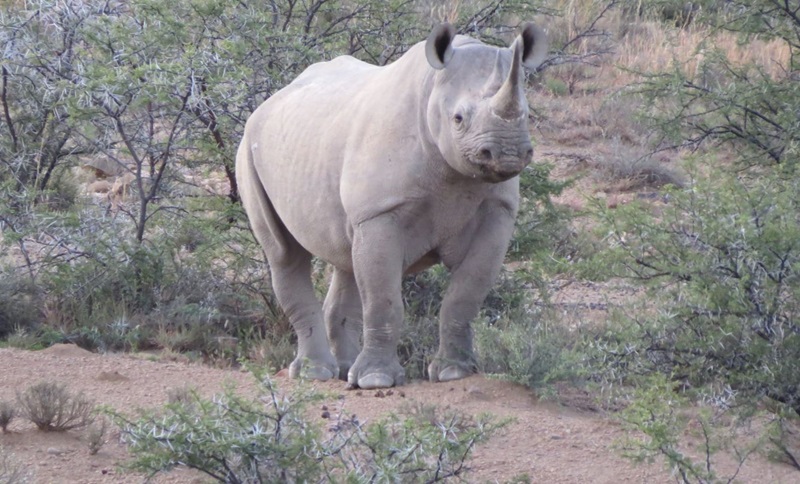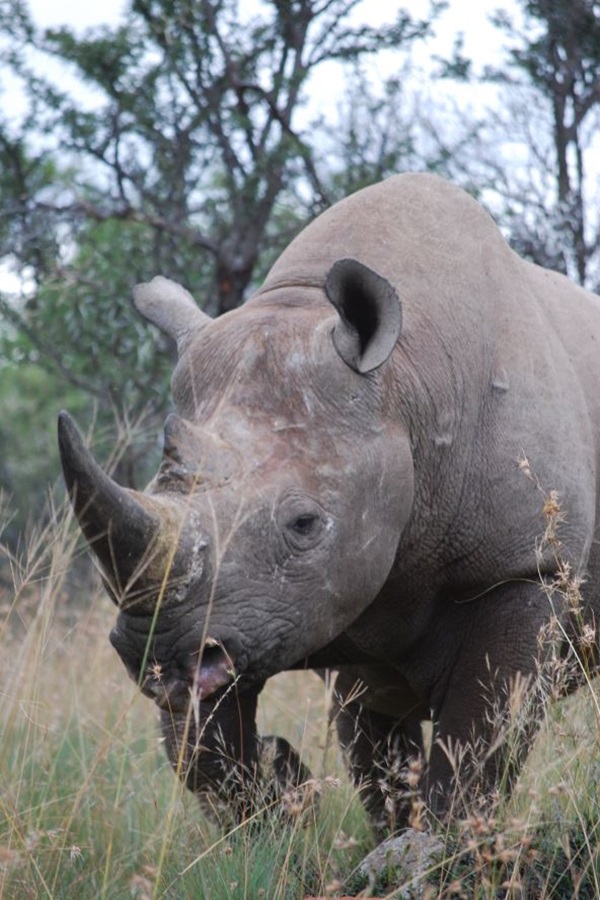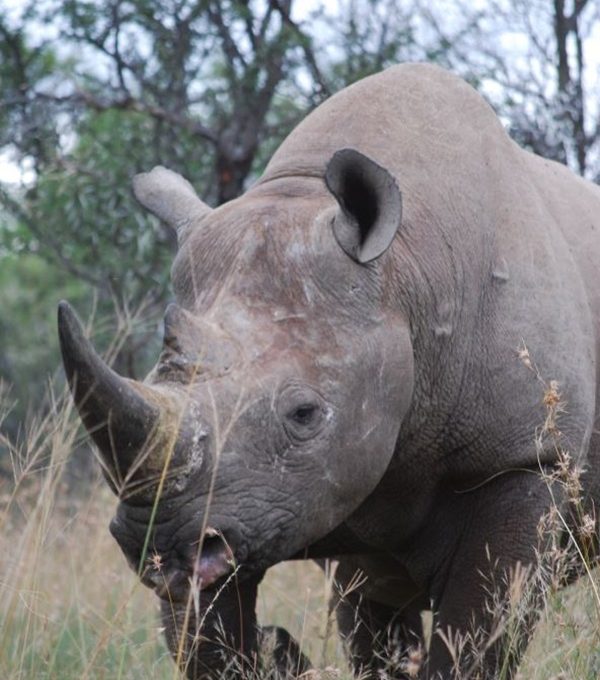
Kim Wahnke May 16, 2024
Dear EarthTalk: How are the world’s rhino populations faring these days?– A.K., Montreal, Quebec
The rhinoceros, famous for its impressive size and striking horns, is one of the biggest land mammals in the world. Once widespread, the species has now become a symbol of catastrophic population decline within conservation discourse. But with more media attention and therefore increased conservation efforts, the situation of rhino populations around the world might be looking up.

There are five different species of rhinos across Asia and Africa: Sumatran, Javan, Black, Greater one-horned and White rhino. Species count is varied, with numbers ranging between 34-47 (Sumatran rhino) and 16,803 (White rhino). Still, all species have significantly declined throughout the 20th century. In 1900, an estimated 500,000 rhinoceros existed. By 1970, this dropped to 70,000, by 2022 to 27,000. All five rhino species are now considered endangered and two have less than 100 individuals in the wild.
Declines are often human-caused. Poaching for rhino horn remains the greatest threat, since rhino horns are often falsely considered aphrodisiacs or luxury goods. According to Save the Rhino International, 9,415 African rhinos have died due to poaching in the last decade. Another threat to rhinoceros is habitat loss, occurring due to the conversion of land for human settlement, agriculture or logging. Rapid human population growth and urban expansion have led to over 17 countries losing their entire rhinoceros populations. A newer threat to rhino populations is climate change. According to Timothy Randhir from the University of Massachusetts, “Rhinos need really unique [climate] conditions.” Increased precipitation and longer monsoon periods in Asia as well as rising temperatures in Africa already negatively affect the survival chances of rhinos and will continue to do so in the future.
Recently, the number of rhino individuals has been rising across species. According to the International Union for Conservation of Nature’s (IUCN) African Rhino Specialist Group, the global rhino population increased from 26,272 in 2021 to about 27,000 in 2022. Black and Greater one-horned rhinoceros numbers have been steadily increasing over the past two decades. Sub-species like the Southern White rhinoceros have shown an impressive recovery. In 1900, there were only 20 individuals left. Numbers have continuously been rising since, with now over 16,800 Southern White rhinos existing.
Improvements have not come about through a reduction in threats, but through improved protection. While there has been a marked decline in poaching from the 2010s, it is now on the rise again. Some 561 rhinos died due to poaching in 2022, more than in 2021 (501) and 2020 (503). Due to persistent threats, very few rhinos survive outside of national parks and reserves. Through conservation in protected sanctuaries, species like the Black rhino have increased by nearly five percent in only one year. But Michael Knight, chair of the IUCN rhino group, warns: “It is imperative to further consolidate and build on this positive development and not drop our guard.” Some species, like the Javan and Sumatran rhino, remain in decline. The Northern White rhino has only two individuals remaining, and both are female.

CONTACTS
UCN SSC African Rhino Specialist Group
EarthTalk® is produced by Roddy Scheer & Doug Moss for the 501(c)3 nonprofit EarthTalk. See more at https://emagazine.com. To donate, visit https://earthtalk.org. Send questions to: question@earthtalk.org.

